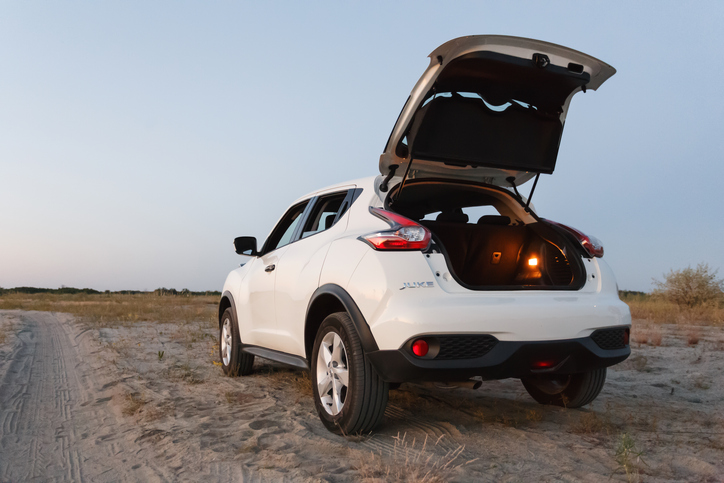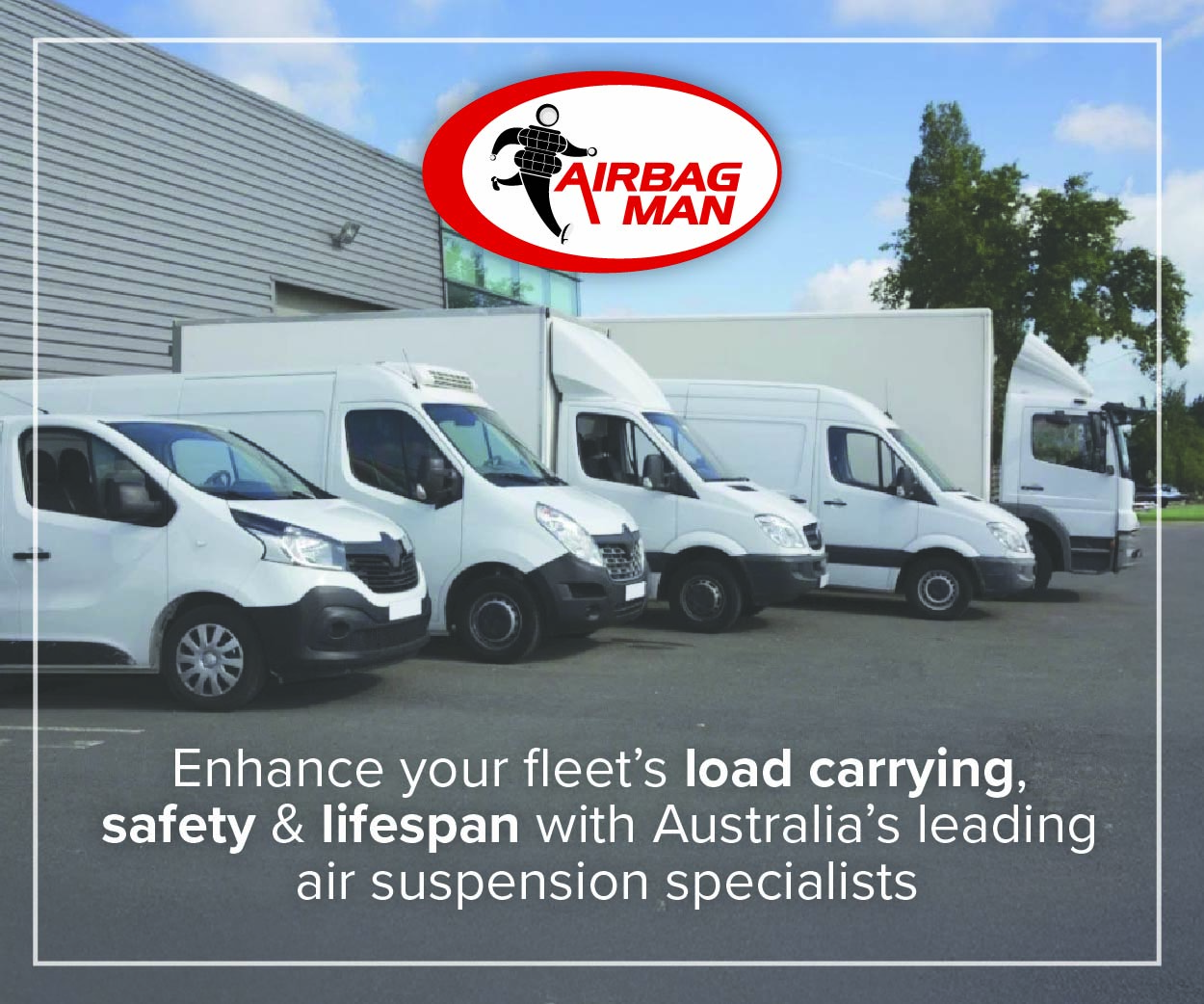In the diverse and dynamic world of fleet management, ensuring the safety of drivers and passengers is paramount. One critical aspect often discussed among fleet managers in Australia is the use of cargo barriers in wagons and hatchbacks. This seemingly minor detail can significantly impact the safety and efficiency of fleet operations.
The Role of Cargo Barriers
Cargo barriers serve a vital function in vehicles that frequently transport goods. They act as a protective shield between the cargo area and the passenger compartment, preventing unsecured items from becoming dangerous projectiles in the event of sudden braking or a collision. This is particularly important in wagons and hatchbacks, where the cargo area is not isolated from the passenger space.
Compliance with Safety Regulations
Australian road safety standards and Workplace Health and Safety (WHS) guidelines often recommend or mandate the use of cargo barriers. The Australian Design Rules (ADRs) specify various safety features required for vehicles, and while not always explicitly required, cargo barriers align with these broader safety objectives. Organisations that prioritise compliance with these regulations not only ensure legal adherence but also demonstrate a commitment to the well-being of their employees.
Risk Management and Insurance Considerations
From a risk management perspective, the decision to install cargo barriers is straightforward. Unsecured cargo can cause severe injuries or fatalities in a crash. By mitigating this risk, fleet managers can reduce potential liabilities and enhance overall safety.
Insurance companies often consider the presence of cargo barriers when determining coverage and premiums. Fleets that comply with recommended safety measures, including the installation of cargo barriers, may benefit from lower insurance costs and more favourable terms.
Practical Applications in Fleet Operations
The type and frequency of cargo transported play a crucial role in determining the necessity of cargo barriers. For fleets regularly carrying heavy or hazardous items, barriers are indispensable. Conversely, if a vehicle’s primary function is passenger transport with minimal cargo use, the requirement for a barrier might be less stringent. However, maintaining a flexible yet safety-oriented approach is advisable.
Organisational Policies and Training
A clear and well-communicated fleet policy regarding the use of cargo barriers is essential. This policy should be consistently enforced and supplemented with comprehensive driver training. Educating drivers on the importance of securing cargo and the correct use of barriers can prevent accidents and ensure compliance with safety standards.
The Varying Practices in Australia
In Australia, the approach to cargo barriers varies among organisations. Larger companies and those in high-risk industries like mining, construction, and logistics tend to mandate their use. Government fleets and public sector organisations also typically enforce strict safety standards. Smaller companies may adopt different practices based on their specific needs and risk assessments.
In a recently conducted LinkedIn poll, we asked fleet managers if they allow wagons and hatchbacks in their fleet to be driven without cargo barriers. Here are the results:
- 14 respondents said Yes
- 17 respondents said No
- 8 respondents said Assessed case by case
These results highlight the varied approaches to cargo barrier use in fleet management, reflecting differences in operational requirements and safety priorities.
Conclusion
The decision to allow wagons and hatchbacks to be driven without cargo barriers should not be taken lightly. It involves balancing safety, compliance, risk management, and operational flexibility. While practices may vary, the overarching trend among responsible fleet operators is to prioritise safety by installing cargo barriers.
Do you allow wagons and hatches in your fleet to be driven without cargo barriers? Share your thoughts and experiences with us.
Resources:



















